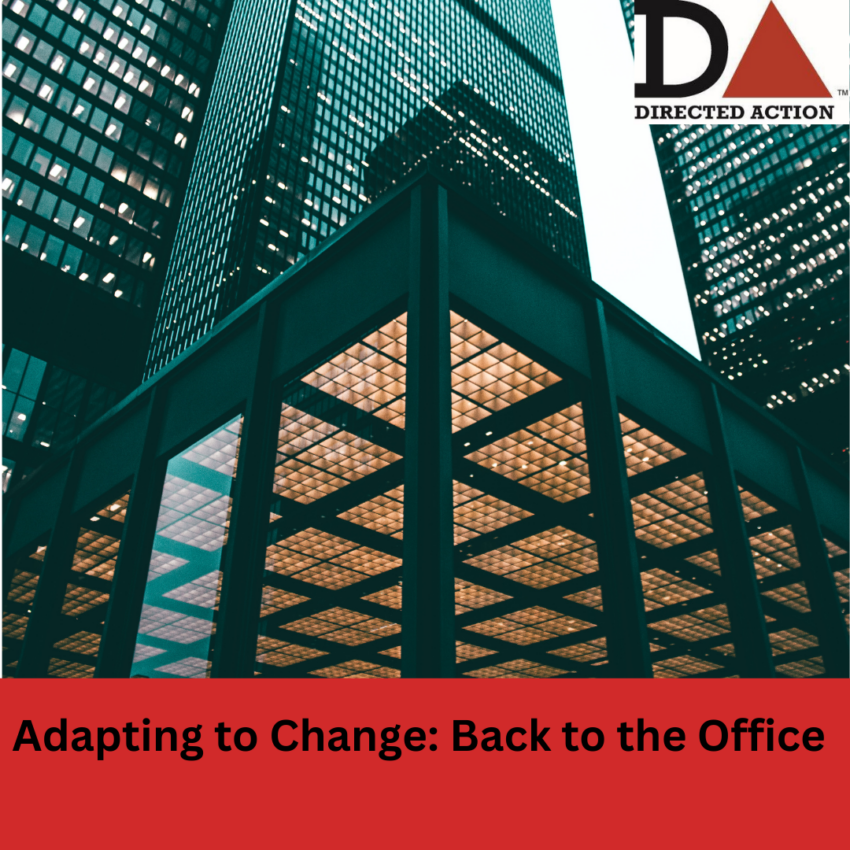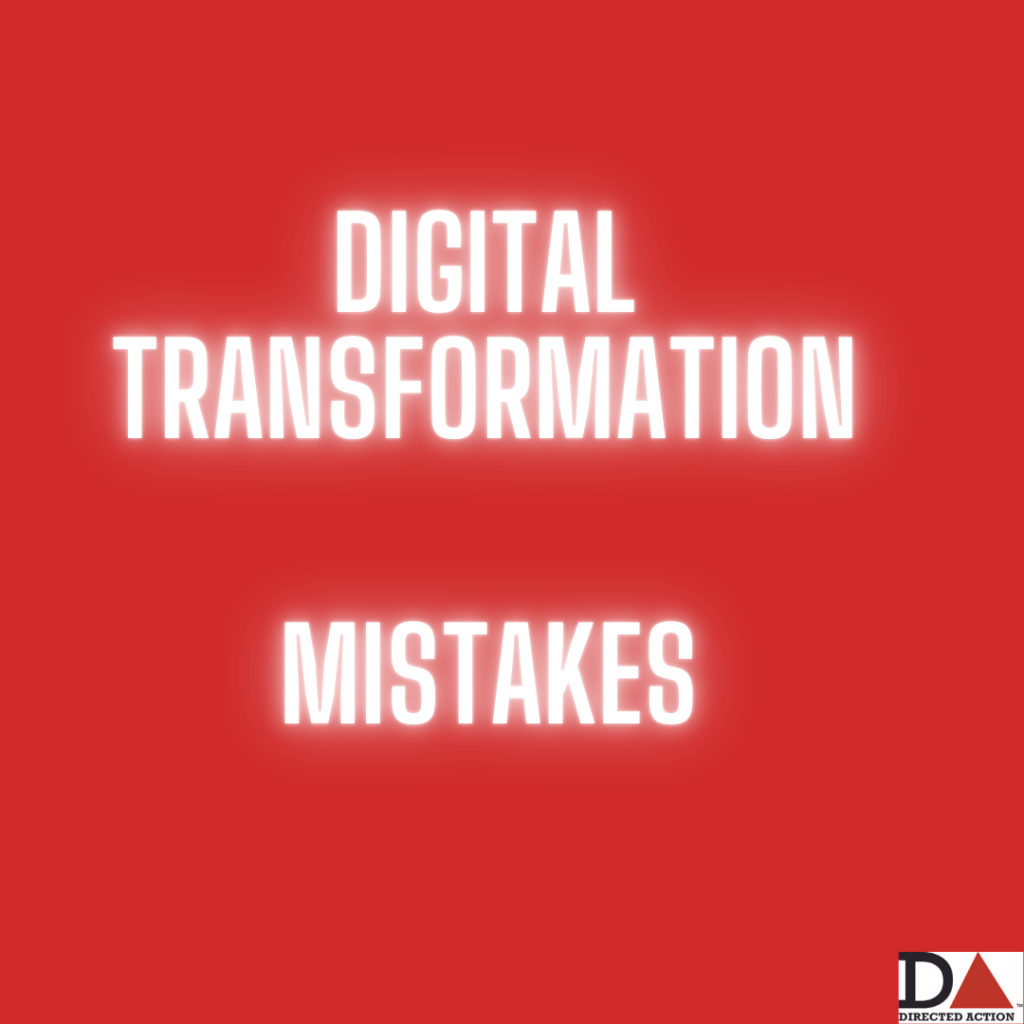As the business landscape continues to evolve post-pandemic, several organizations are reevaluating their work models, shifting from remote to in-person work. Companies such as Dell, AT&T, Toyota, and the federal government have recently implemented policies requiring employees to return to the office. This transition carries both potential benefits and challenges, including the possibility of workforce reductions.
Case Studies: Dell, AT&T, Toyota, and the Federal Government
- Dell Technologies: Starting March 3, 2025, Dell mandates that all employees residing within an hour of a Dell office work on-site five days a week. CEO Michael Dell emphasized that in-person interactions enhance efficiency through quicker communication compared to prolonged email exchanges. Employees living farther from an office are permitted to continue working remotely.
- AT&T: As of January 2025, AT&T requires all office employees to work on-site five days a week, following a year of accommodating hybrid schedules. The company is also updating its facilities to support this transition.
- Toyota: Beginning in September 2025, Toyota mandates that its salaried workers in North America return to the office Monday through Thursday, applying to employees at all job levels, with few exceptions.
- Federal Government: In January 2025, the President signed an executive order mandating all federal employees return to office-based work, ending remote work arrangements.
Potential Workforce Reductions
Mandating a return to the office can lead to workforce reductions, either through voluntary resignations or strategic downsizing. Some employees, having adapted to the flexibility of remote work, may choose to leave rather than return to a traditional office setting. For instance, in the federal government, workers have been warned of impending downsizing, with buyout offers extended to encourage voluntary departures.
Perceived Benefits of Returning to the Office
At the same time, many companies believe there are distinct advantages to bringing everyone back to the office.
1. Enhanced Collaboration and Innovation
One of the primary reasons companies push for in-office work is the belief that face-to-face interactions foster better collaboration and innovation.
Example: AT&T
AT&T leadership has emphasized that being in the office full-time will allow for more spontaneous collaboration, reducing delays caused by remote communication. They are revamping their office spaces to encourage team synergy and informal brainstorming, which they believe will drive faster problem-solving.
2. Increased Productivity and Accountability
Some executives argue that in-office work leads to greater productivity due to fewer distractions and stronger oversight.
Example: Dell
Dell CEO Michael Dell stated that working in the office allows for quicker decision-making and fewer back-and-forth emails. By requiring employees within an hour of an office to return five days a week, Dell expects efficiency gains that are harder to achieve in remote settings.
3. Strengthened Company Culture and Employee Engagement
Culture can be difficult to maintain in a fully remote environment, as employees may feel disconnected from leadership and peers.
Example: Toyota
Toyota’s decision to bring salaried employees back to the office Monday through Thursday was based on the belief that in-person interactions strengthen relationships and reinforce company values. The automaker believes that by being physically present, employees will feel a stronger sense of belonging and commitment to the company’s mission.
4. Mentorship and Career Growth Opportunities
Junior employees and new hires often benefit from in-office environments where they can observe leadership styles, receive immediate feedback, and engage in organic learning experiences.
Example: Federal Government
With the federal government’s push to return to in-person work, one cited reason is to improve mentorship and training opportunities. Senior officials argue that remote work limits informal learning and career development, making it harder for younger employees to grow within agencies.
Considerations When Implementing a Return-to-Office Policy
1. Potential Workforce Reductions and Talent Retention
Mandating a return to the office can lead to workforce reductions, as employees who have grown accustomed to remote work may resign rather than comply.
Example: Federal Government
The recent federal directive requiring employees to return has already led to buyout offers to reduce workforce size. Some agencies anticipate attrition as employees unwilling to return choose to leave.
Example: Dell
Dell has classified remote employees as “non-promotable,” sending a strong message that career growth will be limited for those who refuse to return. This move may drive resignations from employees who value remote flexibility over promotion opportunities.
2. Employee Well-Being and Work-Life Balance
Returning to the office means longer commutes, additional expenses, and potential work-life balance challenges.
Example: AT&T
Many AT&T employees, particularly those hired during the remote-work era, now face significant lifestyle disruptions. Employees who relocated to areas farther from office hubs during the pandemic may struggle with daily commutes, leading to dissatisfaction and potential turnover.
3. Hybrid Models vs. Full-Time Office Work
Some companies have chosen a hybrid approach to ease the transition, while others are mandating full-time in-office work.
Example: Toyota (Hybrid Approach) vs. AT&T (Full-Time Office)
Toyota is implementing a four-day in-office policy, giving employees flexibility while maintaining an in-person presence. AT&T, in contrast, is requiring five days a week, which may lead to higher attrition among employees who had adjusted to remote work.
4. Office Infrastructure and Readiness
Before requiring employees to return, companies must ensure their office spaces are equipped to handle them.
Example: AT&T
AT&T is redesigning office spaces to make them more collaborative. However, companies that haven’t made similar investments may find that employees return to outdated, uninspiring work environments that don’t support the promised benefits of in-office collaboration.
5. Clear and Transparent Communication
Employees are more likely to embrace a return-to-office policy if they understand the reasoning behind it and feel included in decision-making.
Example: Dell vs. Toyota
Dell’s decision to label remote workers as “non-promotable” was met with backlash, as it appeared to penalize employees rather than encourage collaboration. In contrast, Toyota’s hybrid approach was communicated as a strategic balance between flexibility and corporate culture, making the transition smoother for employees.
Final Thoughts
While returning to in-person work offers clear benefits—enhanced collaboration, stronger company culture, and better mentorship—it also carries significant risks if not managed properly. Companies must weigh workforce retention, employee well-being, and office readiness before implementing strict mandates.
For those requiring full-time in-office work, the key to success lies in providing a compelling reason for employees to return—one that goes beyond “because we said so.” Investments in workplace design, leadership engagement, and flexibility will determine whether these policies drive success or lead to talent loss.




